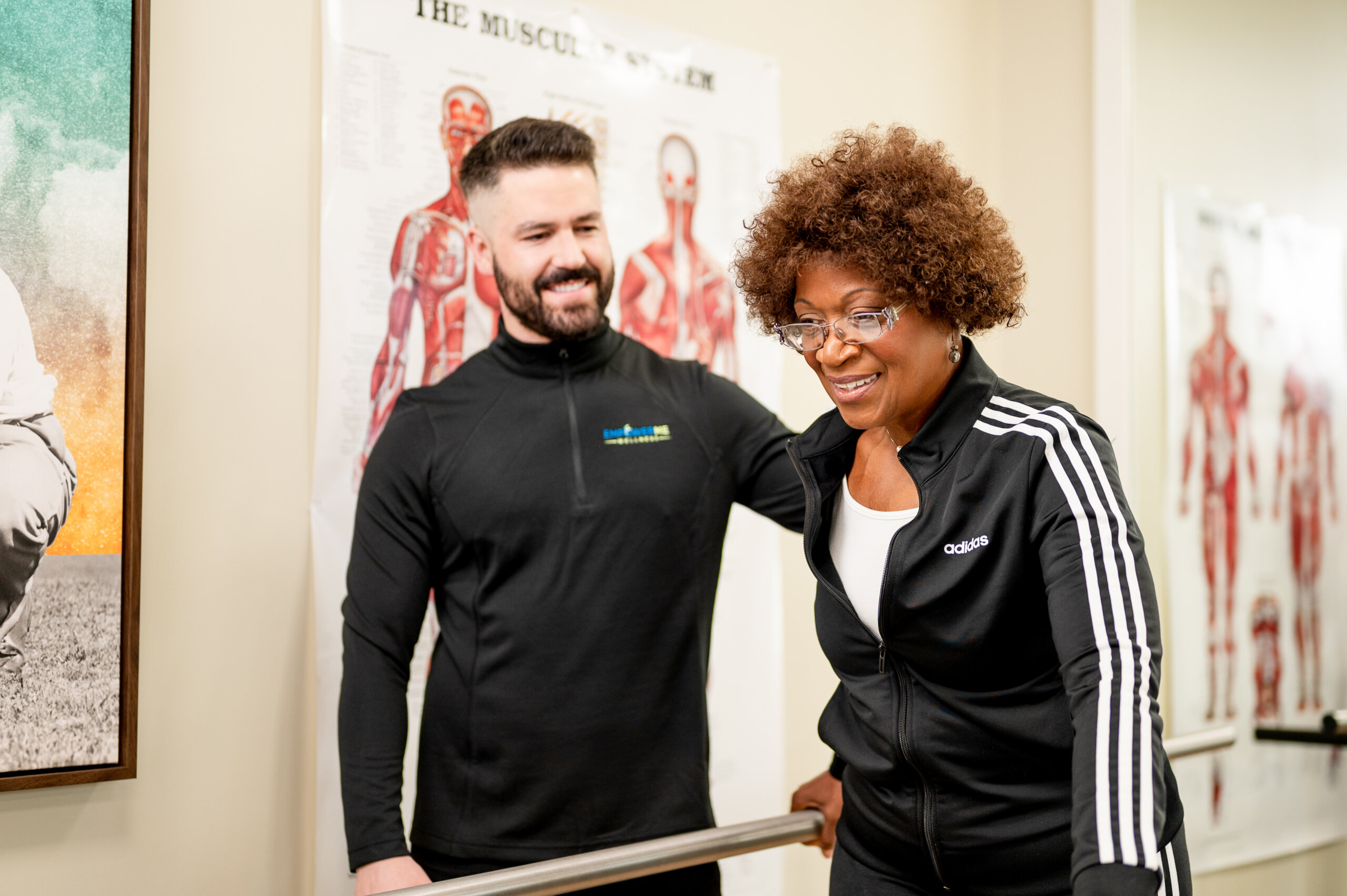Table of contents
Understanding Physical Therapy After a Stroke
Over 800,000 Americans experience a stroke annually, a condition that can have severe physical, cognitive, and emotional impacts. While the road to recovery may be challenging, physical therapy has shown to be beneficial in reducing symptoms and enhancing the quality of life post-stroke.
Physical therapy, in conjunction with occupational therapy and speech therapy, plays a crucial role in aiding the recovery of stroke patients. The necessity of these therapies depends on the individual’s post-stroke symptoms. This blog will delve into the intricacies of physical therapy after a stroke and explore the numerous benefits that can be achieved through stroke rehabilitation.
Common Physical Symptoms Following a Stroke
The term “stroke” describes a medical event in which blood flow to the brain is blocked by a blood clot or failing artery. This medical emergency often leads to significant and enduring consequences. In fact, strokes are a major cause of long-term disability in the United States. Although symptoms can vary widely, the most common physical symptoms after a stroke include:
Paralysis: It is common for individuals who have suffered a stroke to experience partial paralysis. This often results in the affected muscles on one side of the body, such as the muscles on one side of the face, one arm, or one leg.
Muscle Weakness: Following a stroke, muscle weakness can impact either side of the body, leading to challenges in gripping objects, walking, or swallowing, and potential bowel or bladder control issues.
Seizures: After experiencing a stroke, it is not uncommon for patients to have seizures. Some individuals may develop persistent seizures, commonly referred to as epilepsy.
Vision Problems: Depending on where the stroke occurs in the brain, patients may experience various eye problems such as impaired vision, tunnel vision, or blind spots.
Balance Issues: Many patients experience difficulties with balance, walking and the ability to coordinate movements.
Benefits of Physical Therapy After a Stroke
Physical therapists play a crucial role in assisting individuals who have had a stroke in their journey to a faster and stronger recovery.
Stroke impacts each person uniquely, with symptoms varying based on the size and location of the stroke. Your physical therapist will evaluate your symptoms and create a personalized treatment plan tailored to your specific needs and objectives. The ultimate objective of physical therapy is to promote brain recovery and retrain muscles for movement, ultimately aiding survivors in regaining independence and the ability to engage in daily activities.
A physical therapist can help you with:
- Restoring brain function and muscle strength.
- Reviving damaged nerves and muscles.
- Enhancing flexibility and promoting blood flow to affected areas.
- Mastering movements and daily activities.
- Attaining maximum functionality and independence.
- Adapting to new movement patterns post-stroke.
- Rebuilding mobility and strength.
- Preventing muscle wastage.
- Achieving a quicker and more effective recovery.
Conclusion
Physical therapists offer ongoing support and motivation, especially in physical therapy after a stroke, to help patients navigate their journey to recovery. Leveraging their expertise, they assist stroke survivors in regaining independence swiftly and effectively.
For residents of senior living communities served by EmpowerMe Wellness, accessing physical therapy is simple. EmpowerMe’s physical therapists work collaboratively with the entire community care team to bring PT services to residents where they feel most comfortable.
For further information on our physical therapy services, please visit our services page.



